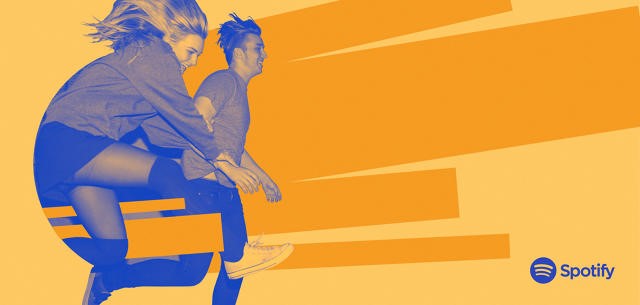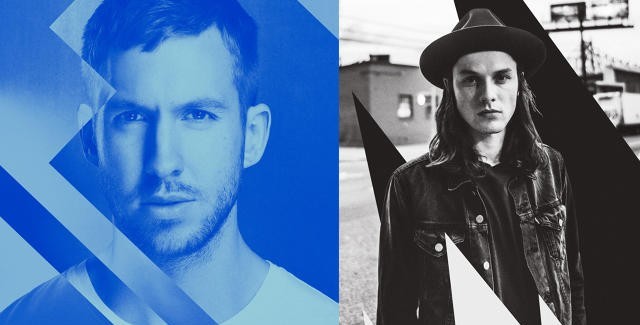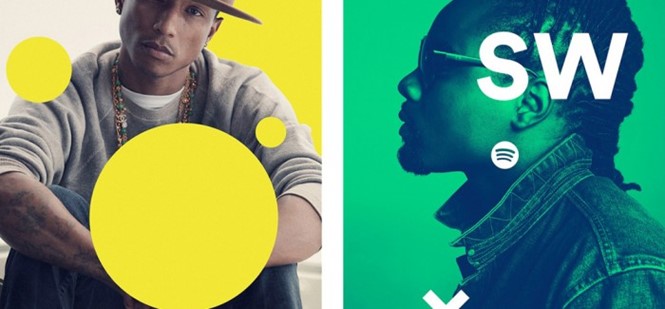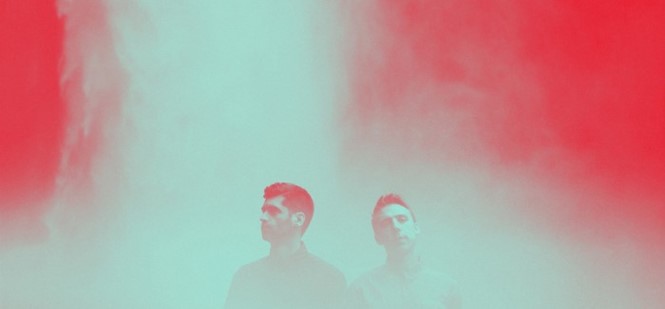Spotify gets visceral
Spotify has undergone a crucial change in brand positioning, it wants to be seen as a music brand, rather than a tech firm.
After consecutive gigs at South by Southwest (SXSW) and Advertising Week Europe, the brand is putting itself out there as a part of the live music scene and is making sure that it is critically associated with the modern music industry.
At SXSW Spotify unveiled a new visual identity that’s been a year in the making. The new identity was created by a New York design firm named Collins. Leland Maschmeyer, Collins’ founding partner and executive creative director, says that the new system can be taken anywhere, he says, “We pressure tested the system with tiny mobile ads on tiny mobile screens.”
The previous Spotify brand almost entirely consisted of the widely-recognised green logo which, though suitable as a smartphone icon, did not lend itself to the brand’s touchpoints on the heavily visual social media sites popular with its target audiences, such as Facebook and Instagram. The music streaming service required a more comprehensive visual identity.
The new brand identity targets Spotify’s core audience; millennials. Avoiding the cold, abstract symbols that technology companies often become associated with, Spotify is portraying itself as a music brand that is as fresh and lively as music culture itself. Millennials are highly visual and passionate about co-creation and the new identity enables this.
Alexandra Tanguay, Spotify’s global brand director, says, “Lots of companies are targeting this audience. But for us, it’s unique. Our founders are millennials, our audience are millennials. We listen to them, we talk to them and we interact with them for hours every day. The simple language we were using wasn’t capturing the energy and power we have with that audience.”
The new visual identity has a broader colour palette and uses bursting shapes that represent the visceral feelings that people often experience when they listen to music. Photography can be easily adapted by specially-designed software called, ‘The Colorizer’, which automatically makes any image instantly on-brand even without using the logo. The software programme incorporates duotone colouring and graphics, which take inspiration from 1960s album covers and concert posters.
Maschmeyer says, “The software automatically duotones photos. It draws from a very robust, but select, colour palette and every image you output is always on brand. Not only is it fun, it addressed another problem: Spotify has so much content to process that to have software do the heavy lifting was fantastic.”
Since Spotify has to work with the same label-provided images as its competitors the duotone system is a great way to reinterpret those images so that they’re recognisably on-brand.






